You are here
Back to topInterview: Chile’s Cerasus Supplies US Cherries to China

The Cerasus USA team
Here in China, traders and producers are accustomed to seeing large volumes of Chilean cherries marketed by Chilean companies during the Northern Hemisphere winter. In summer, we have traditionally seen California, Oregon, Washington and British Columbia cherries marketed by U.S. and Canadian suppliers — though with substantially lower volumes of U.S. cherries in the past few seasons due to trade disputes between the U.S. and China.
Less common is the sight of a Chilean company marketing U.S. cherries, such as Giddings Fruit of Chile, which is marketing Oregon and Washington cherries in China this season under its Cerasus brand. What is a Chilean company doing selling U.S. cherries? We interviewed Gonzalo Matamala, who last month joined Giddings as its general manager for China and Asia, to find out more about their U.S. cherries program and get the most recent updates on the tariff situation for U.S. cherries in China. The contents have been edited for length and clarity.
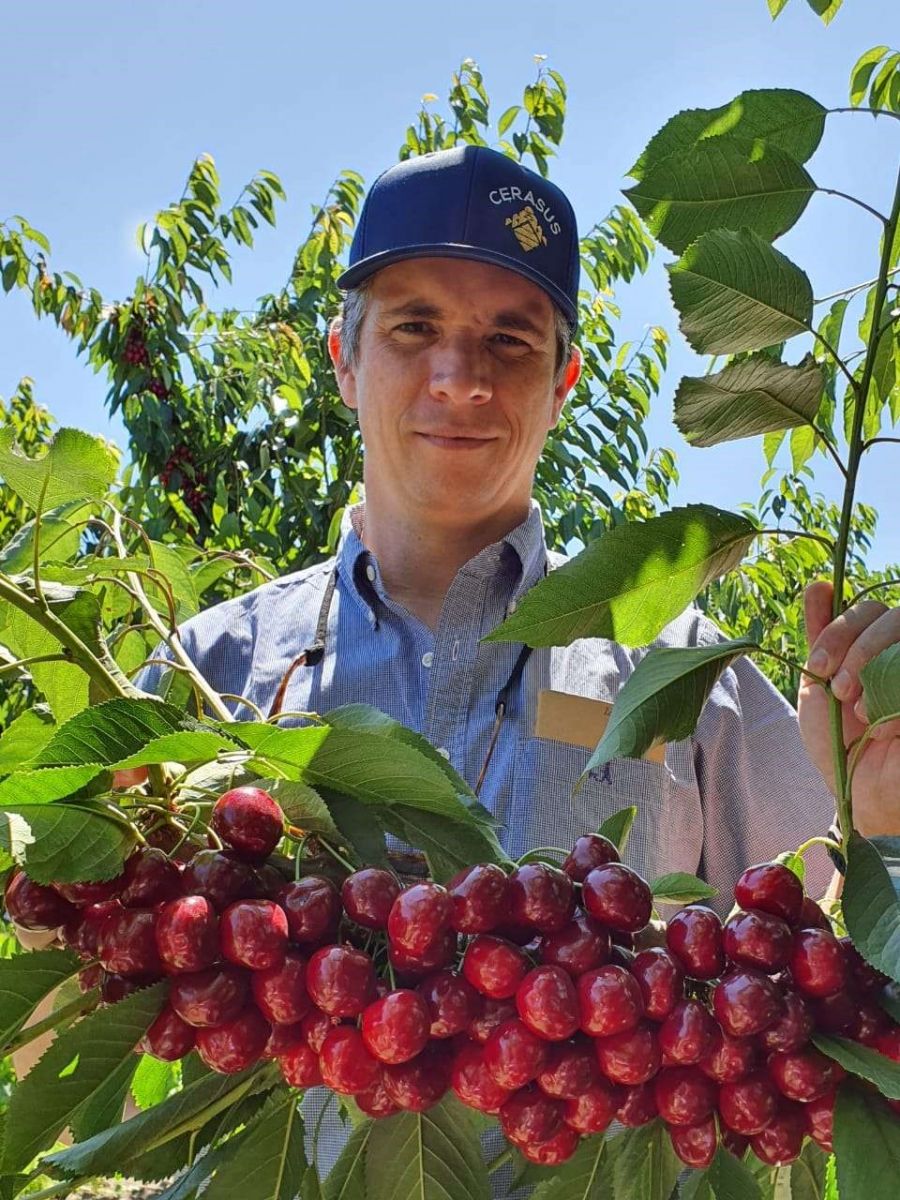
Produce Report: What can you tell us about the Giddings Cerasus Oregon and Washington cherries being sold in China this season? Do you have plans to source from any other regions?
Gonzalo Matamala: We are very happy about this program, since we were one of the first Chilean companies doing multiple origins of cherries under the same brand, and the first and only Chilean company doing it from the U.S. In our case, we use our Chilean brand Cerasus, since it has a great reputation in the market and follows the highest quality standards.
This program started in 2017, so this is our fourth season producing, packing and exporting cherries from the U.S.’s northwestern valleys.
We have a permanent team in the U.S. that works closely with our growers and packers all year round. This team oversees operations, production and technical aspects. The U.S. growers that work with us are fully committed to quality. Therefore, the product delivered complies with Cerasus Chilean cherry standards, and at the same time meets our client’s requirements in China. Our customers within the China trade appreciate the strength of the Cerasus brand, which helps these Oregon and Washington cherries be competitive in the market.
Going forward, we are not limiting ourselves to just supplying cherries from Chile and the U.S.: we're also making steps in other production areas such as Spain, Germany, Canada and Turkey.

PR: What are the major challenges for this season and what volume of U.S. cherries do you project to supply to China?
GM: With regards to tariffs, there are still some additional tariffs this year compared to the historical situation. But, after the Phase One trade deal between the U.S. and China, the tariffs have been reduced compared to last year [to as low as 25% for importers in China who successfully apply for tariff exemptions]. This will have a positive impact on consumption for consumers in China, and we welcome such reductions.
Our projections for the incoming season are positive: We are expecting to have higher prices compared to previous years because of the reduced supply of cherries due to weather conditions at the origin. Moreover, we have monitored an overall decrease of shipping volumes to China.
Giddings Cerasus’ forecast volume of shipments to China of U.S. cherries for the ongoing season is around 60 ocean containers, plus the air freight shipments we have already sent. We expect the first ocean shipment containers to arrive to port in China on July 12. We are committed to building solid business relationships in the U.S. — so because of all the current issues related to COVID-19 and tariffs, we didn’t want to push harder for more volume this year, in order to keep our growers and clients in a safe position.
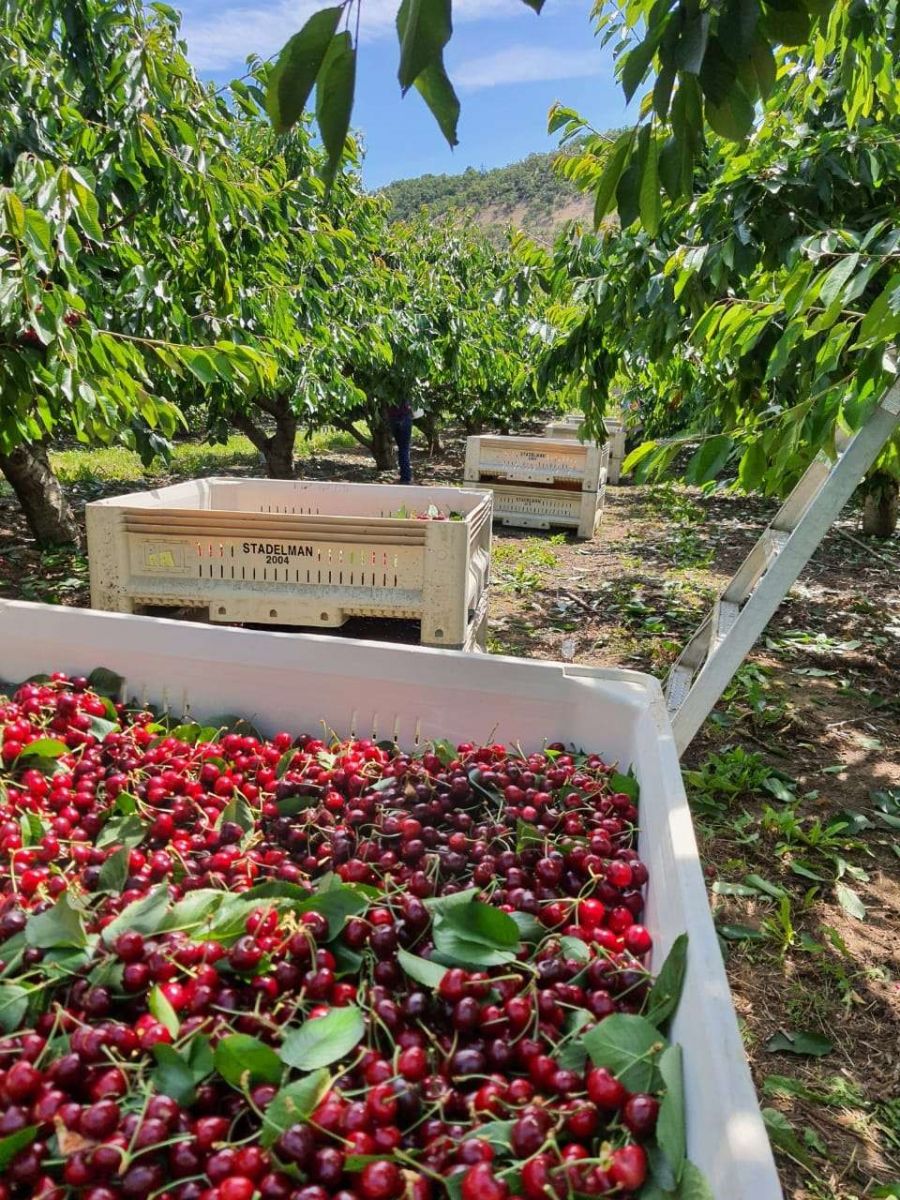
PR: Are you aware of other Chilean companies that are also securing U.S. cherry supply to sell in China or other countries during the Northern Hemisphere season? If no, why do other companies not do it?
GM: We are not aware of any other companies doing anything similar in the U.S. There are several major challenges to secure the success of these types of operations, but we never refer to other companies’ objectives or passions, and we always focus on our own goals and challenges.
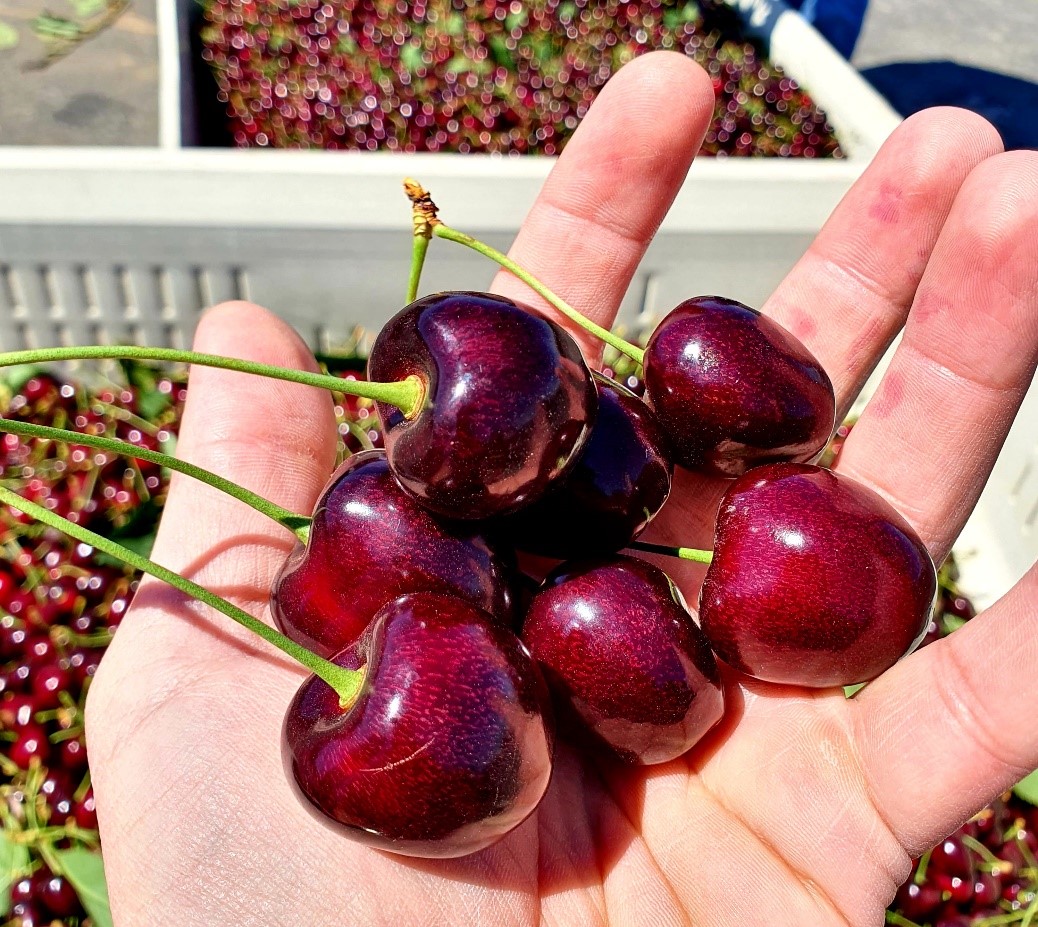
PR: What air and sea shipping routes do you use to get the cherries from the U.S. to China?
GM: We use all the airports and ports available in the U.S. that are allowed by the local authorities in order to deliver our fruit to China at the optimum speed, quality and cost. The list includes Tacoma, Seattle, Los Angeles, San Francisco and Vancouver toward ports in China such as Ningbo (sea), Shanghai (air/sea), Guangzhou (air/sea), Zhengzhou (air), Dalian (sea) or Nansha (sea).
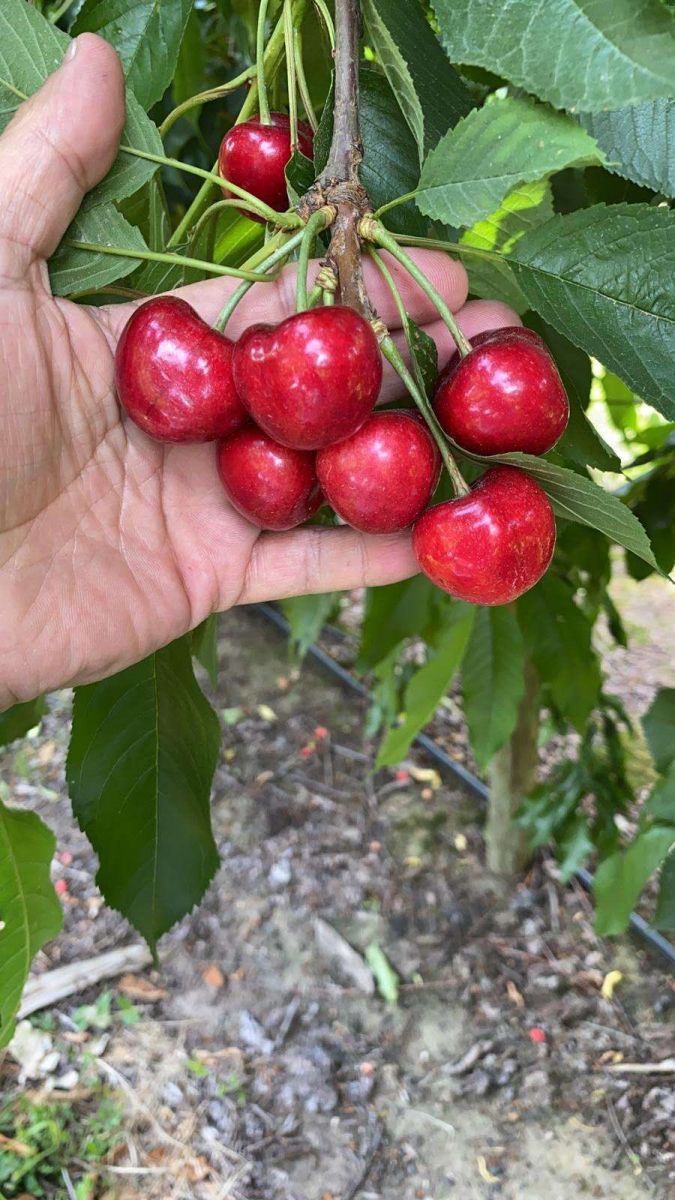
PR: What varieties of cherries will you sell in China this season?
GM: We are supplying Lapin, Bing, Santina, Benton, Suite Note, Skeena and Rainier varieties this season.
Orchards in the U.S. provide a wide range of varieties, from traditional ones such as Bing, Lapin, Skeena, Kordia, Regina and Sweetheart, to newcomers to China such as Benton and Suite Note. We will continue to supply traditional varieties to the China market, but one of the most important goals we will pursue for the future is the development of new genetics that enhance the consumer experience in all of the markets we serve around the world.
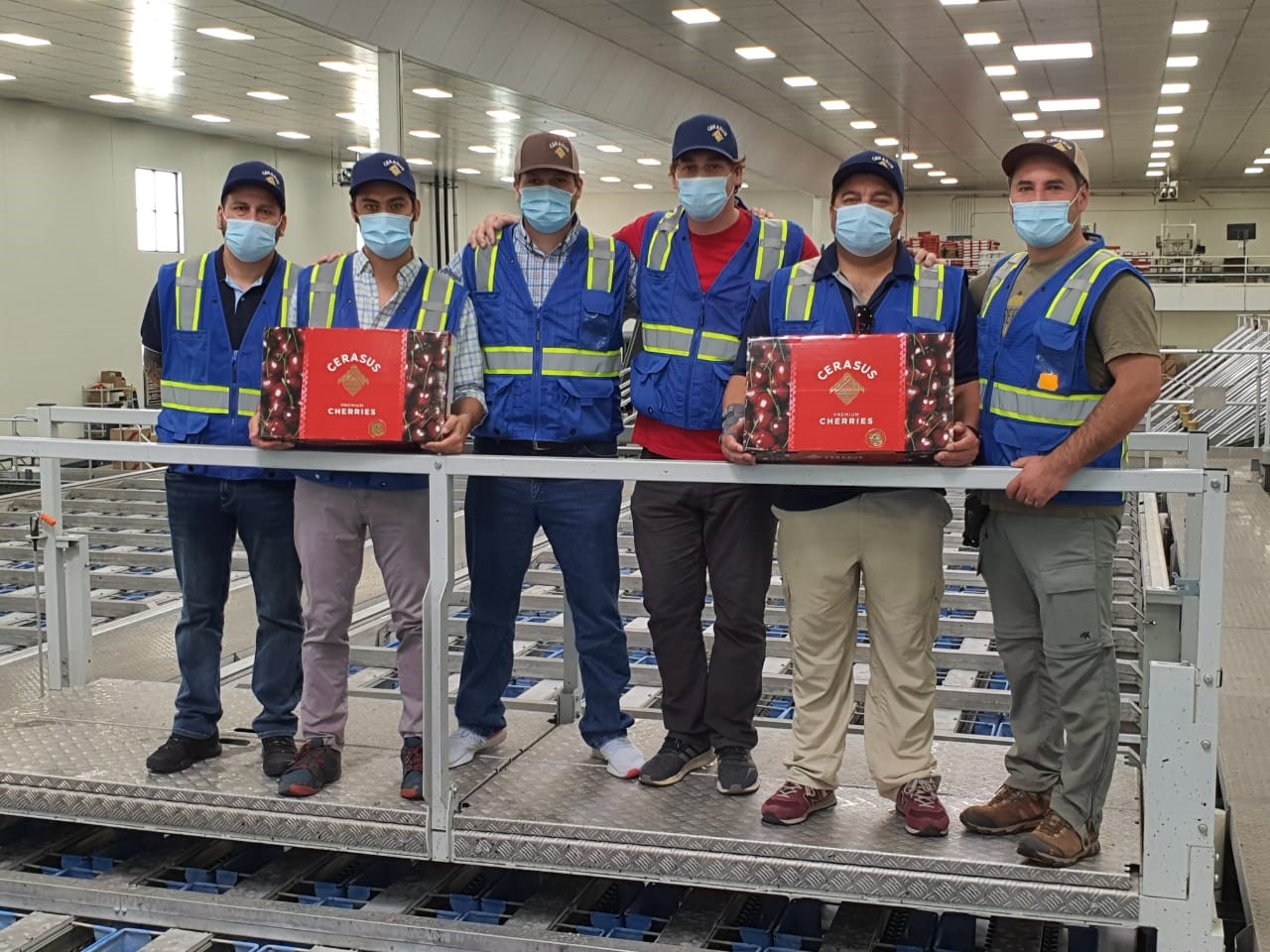
Images: Giddings Cerasus




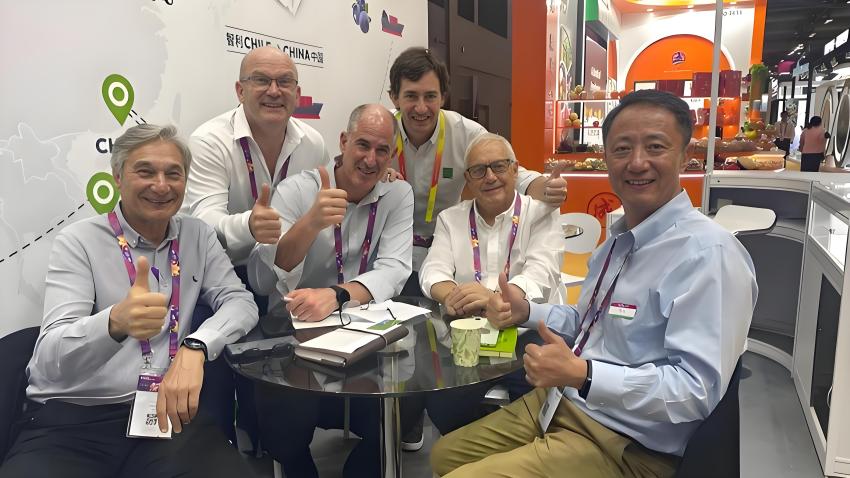
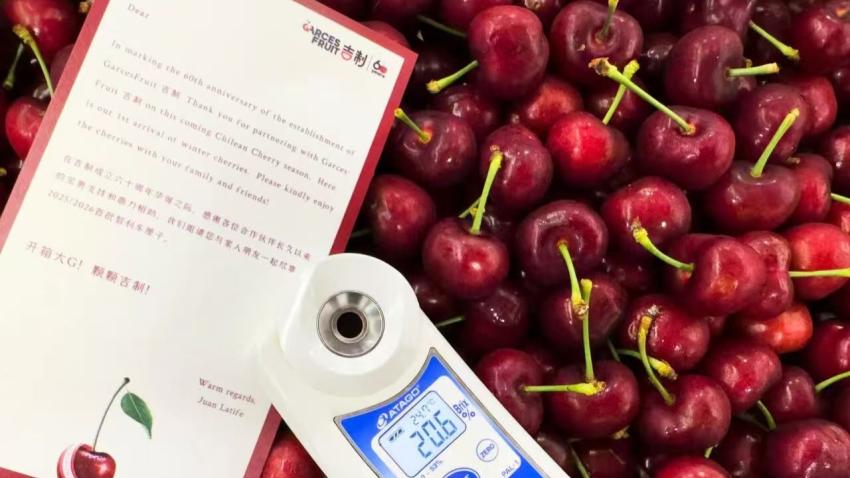
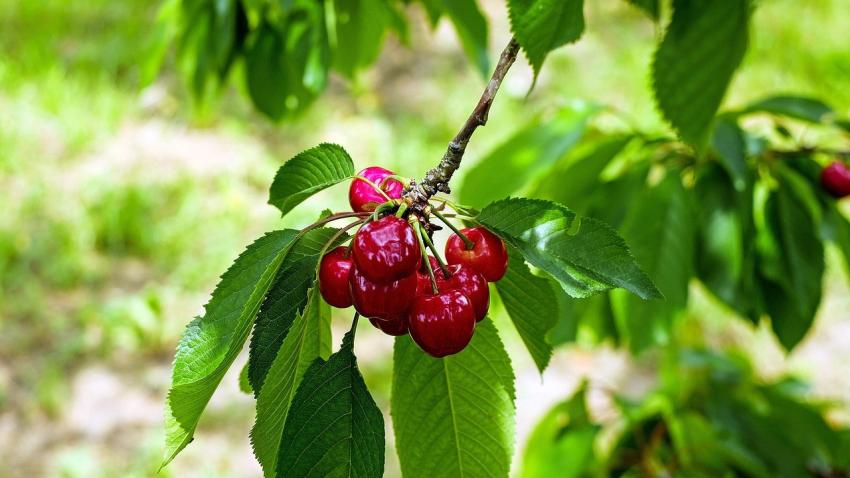
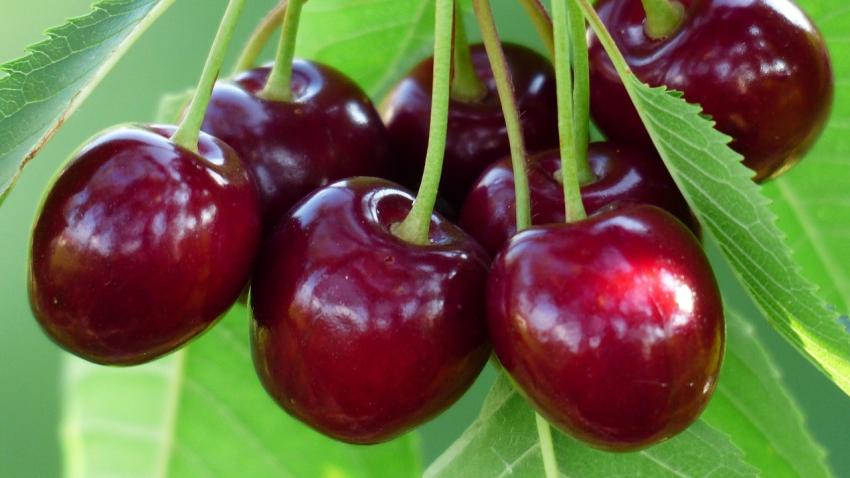







Add new comment